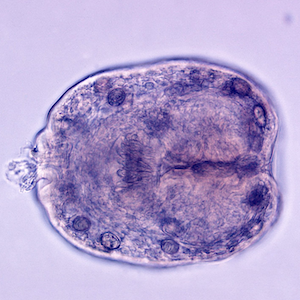Collection and analysis of post mortem inspection outcomes (liver lesions) from different cattle slaughtering plants located in Northern and Southern Italy

Accepted: 10 January 2022
HTML: 10
All claims expressed in this article are solely those of the authors and do not necessarily represent those of their affiliated organizations, or those of the publisher, the editors and the reviewers. Any product that may be evaluated in this article or claim that may be made by its manufacturer is not guaranteed or endorsed by the publisher.
The study evaluated the outcomes of cattle liver postmortem examination (64,766 animals) obtained from three slaughterhouses (two located in Lombardy, Northern Italy, and one in Puglia, Southern Italy) through the period 2016-2020. The frequency of specific lesions determining liver condemnation was calculated and the influence of several factors (animal age/category, geographical area, season, plant) was considered. A mean prevalence of 8% was observed, with a significant difference among the plants (range 6.4-12.8%). A significant difference was observed among the animal categories and age classes, with higher condemnation rates in animals aged more than 30 months (mainly cows). Steatosis was the most frequent lesion observed in cows (about half of the total), whereas liver abscesses were the most diffused in younger animals (half of the total in young bulls). Other frequently observed lesions were distomatosis and perihepatitis. A different pattern was observed between the two geographical areas, with a higher prevalence of steatosis in Lombardy (mainly intensive dairy farming), and of distomatosis in Puglia (animals mainly grazed on pasture). The season influenced the prevalence of lesions, and especially of steatosis (higher in summer). A different lesion prevalence was also observed between the two plants on similar animal populations, suggesting a difference in the notification and classification procedure among the plants. This study highlights the importance of a proper sharing procedure of the information obtained from the post mortem inspection in order to facilitate an optimal use of Food Chain Information and a useful feedback for farmers.
PAGEPress has chosen to apply the Creative Commons Attribution NonCommercial 4.0 International License (CC BY-NC 4.0) to all manuscripts to be published.


 https://doi.org/10.4081/ijfs.2022.10035
https://doi.org/10.4081/ijfs.2022.10035



